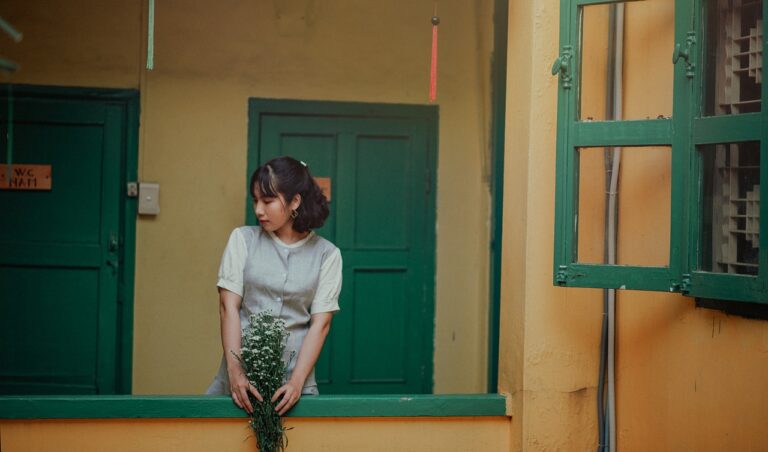Fashion and Diversity: Celebrating Cultural Representation on the Runway
In the fast-paced world of fashion, the industry thrives on creativity and innovation. One of the key factors contributing to the dynamism of the fashion sector is the diverse backgrounds of those involved. From designers to stylists, models to photographers, individuals from various cultural and social backgrounds bring a unique perspective and set of skills to the table.
The beauty of the fashion industry lies in its ability to embrace diversity and provide a platform for individuals from all walks of life to showcase their talent and creativity. This inclusivity not only enriches the industry as a whole but also allows for a broader range of voices and perspectives to be heard and celebrated. Whether it’s through unconventional designs, cutting-edge styling, or boundary-pushing concepts, the fashion industry continues to be a melting pot of cultures and influences.
• Embracing diversity in the fashion industry allows for a wider range of creativity and innovation.
• Different cultural backgrounds bring unique perspectives and ideas to the table.
• Inclusivity in fashion provides opportunities for individuals from all walks of life to shine and be recognized for their talents.
• The industry benefits from a variety of voices and viewpoints, leading to more dynamic and exciting creations.
Cultural Influences in Runway Designs
Fashion designers draw inspiration from a myriad of cultural influences when creating runway designs. From traditional textiles to historical attire, the diversity of cultural backgrounds is evident in the unique patterns, colors, and silhouettes showcased on the catwalk. These designs not only represent the richness of various cultures but also celebrate the fusion of different traditions in the world of fashion.
The incorporation of cultural elements in runway designs serves as a means of paying homage to different communities and their heritage. By showcasing diverse influences, designers amplify the voices of underrepresented cultures and shed light on the significance of inclusivity in the fashion industry. Through these creations, designers bridge the gap between various cultural backgrounds, fostering a sense of unity and appreciation for the tapestry of global fashion landscape.
Impact of Representation in Fashion Shows
Representation in fashion shows plays a crucial role in shaping the industry, influencing trends, and showcasing diversity. It is essential for fashion shows to feature models from various cultural backgrounds, body types, and identities to accurately represent the diverse world we live in. When individuals from all walks of life are represented on the runway, it not only promotes inclusivity but also allows for more people to see themselves reflected in the fashion industry.
The impact of representation in fashion shows goes beyond just the runway; it also influences the broader societal perception of beauty standards and fashion norms. By featuring a range of individuals in fashion shows, designers and brands can challenge stereotypes and push boundaries, ultimately helping to redefine what is considered fashionable and desirable. Through inclusive representation, fashion shows have the power to inspire a more accepting and diverse fashion culture that celebrates uniqueness and individuality.
Why is it important to have diverse backgrounds in the fashion industry?
Having diverse backgrounds in the fashion industry helps to bring different perspectives, experiences, and creativity to the table, leading to more inclusive and representative designs.
How do cultural influences impact runway designs?
Cultural influences play a significant role in shaping fashion trends and designs, as designers often draw inspiration from various cultures around the world to create unique and innovative collections.
What is the impact of representation in fashion shows?
The impact of representation in fashion shows is immense, as it not only promotes diversity and inclusivity but also helps to challenge traditional beauty standards and celebrate different body types, races, and backgrounds.







